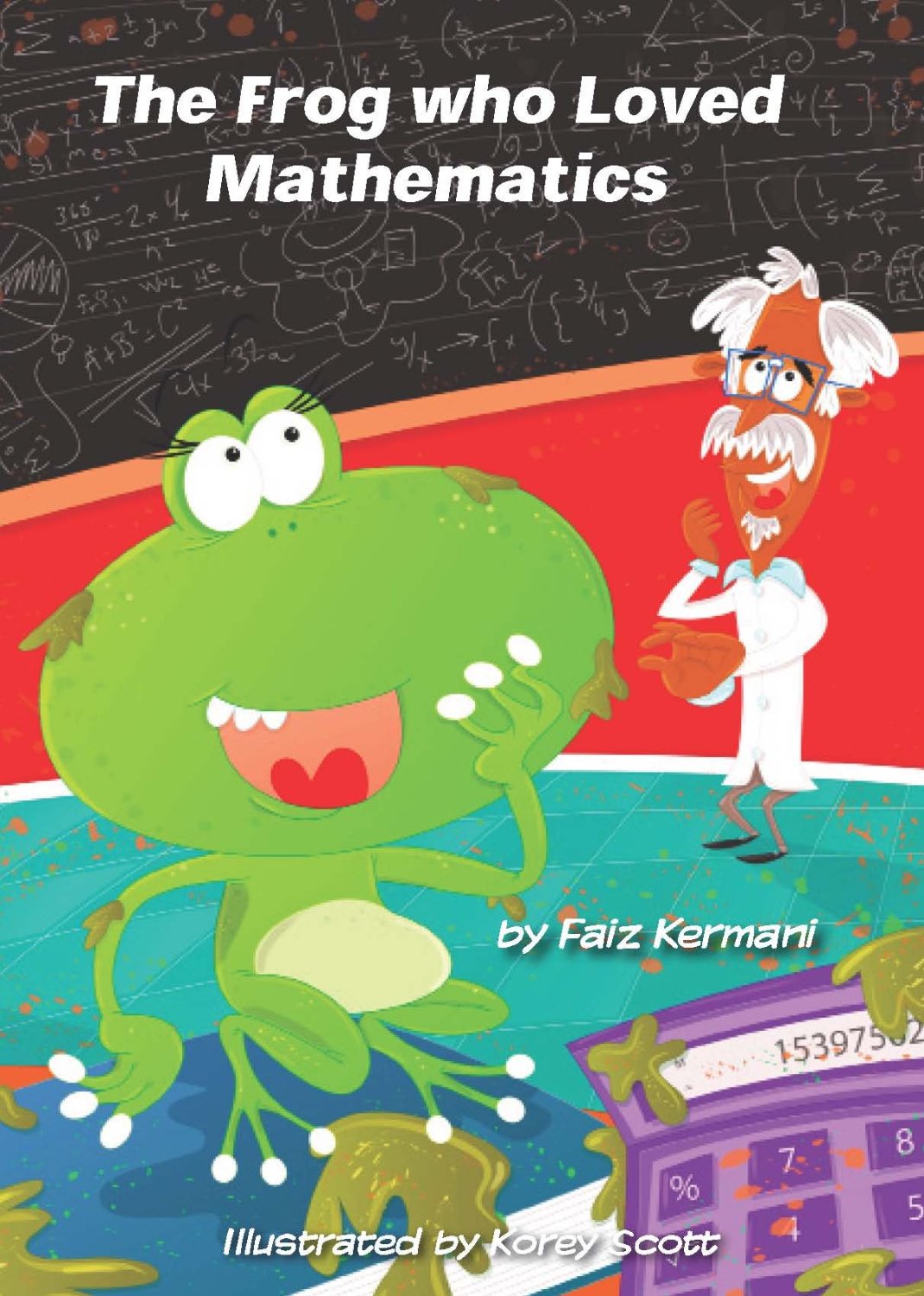Amphibians are not generally renowned for their intellectual abilities, but all that will be put right by my new book The Frog Who Loved Mathematics which features Bobbul, the world’s most brilliant mathematician.
People may wonder what frogs have to do with mathematics, but they are often used to illustrate examples in problems. In fact, some mathematicians themselves have made the link. Freeman Dyson, the famous theoretical physicist and mathematician once wrote: “Some mathematicians are birds, others are frogs”. He then went on to describe himself as a frog ! Apparently mathematicians who are frogs are those that revel in its intricate details. If this is the case, then Bobbul definitely fits the description as she gets her head round the details of a problem in a way that humans just cannot.
Hopefully, in a roundabout way, the book will make maths sound less daunting. As with many other things, fear of mathematics can come from poor teaching. If you have an inspiring teacher then it completely changes your ideas for a particular subject.
The best way to look at maths is to consider the problems you are given as puzzles. Everyone loves solving puzzles, right? I particularly used to love algebra and I got a kick out of figuring out the answer. Once calculus had been explained nicely to me, that was pretty cool too as it can be applied to many areas of science, which is what I ended up in for my day job.
Another important area of mathematics is statistics, which is still badly taught and frequently misused. Ridiculously, someone has even approached the UK’s Office for National Statistics to ask for some data on the number of people killed by frogs in the UK. Considering the damage humans have done to frog habitats, frogs could be asking the Amphibian Office of Statistics a similar question.

